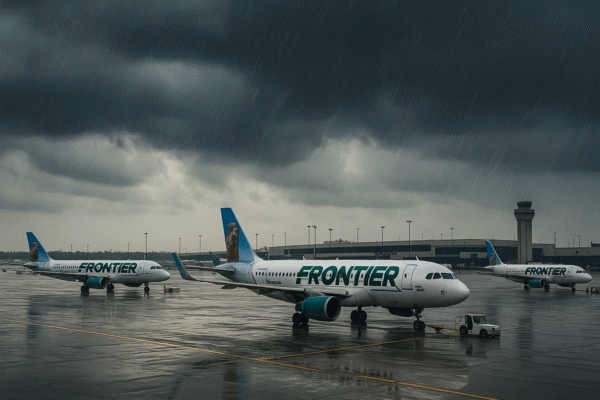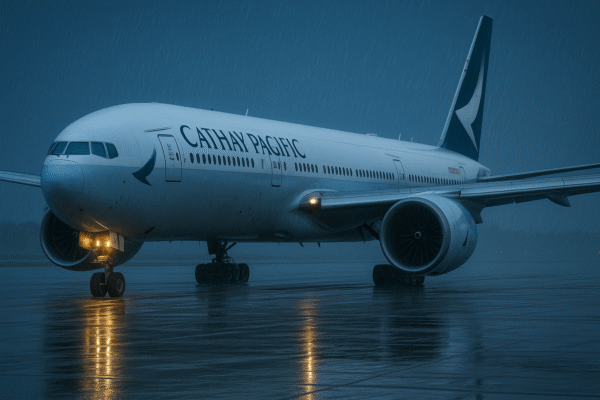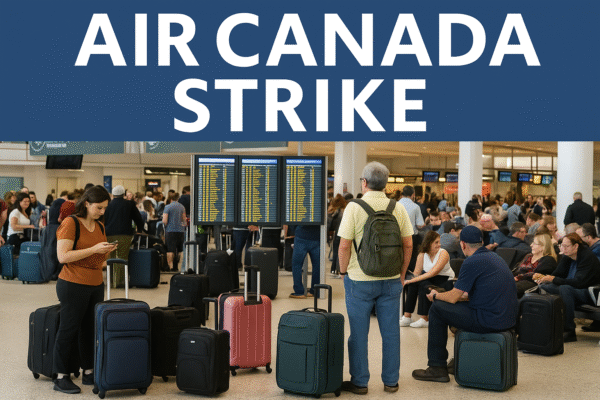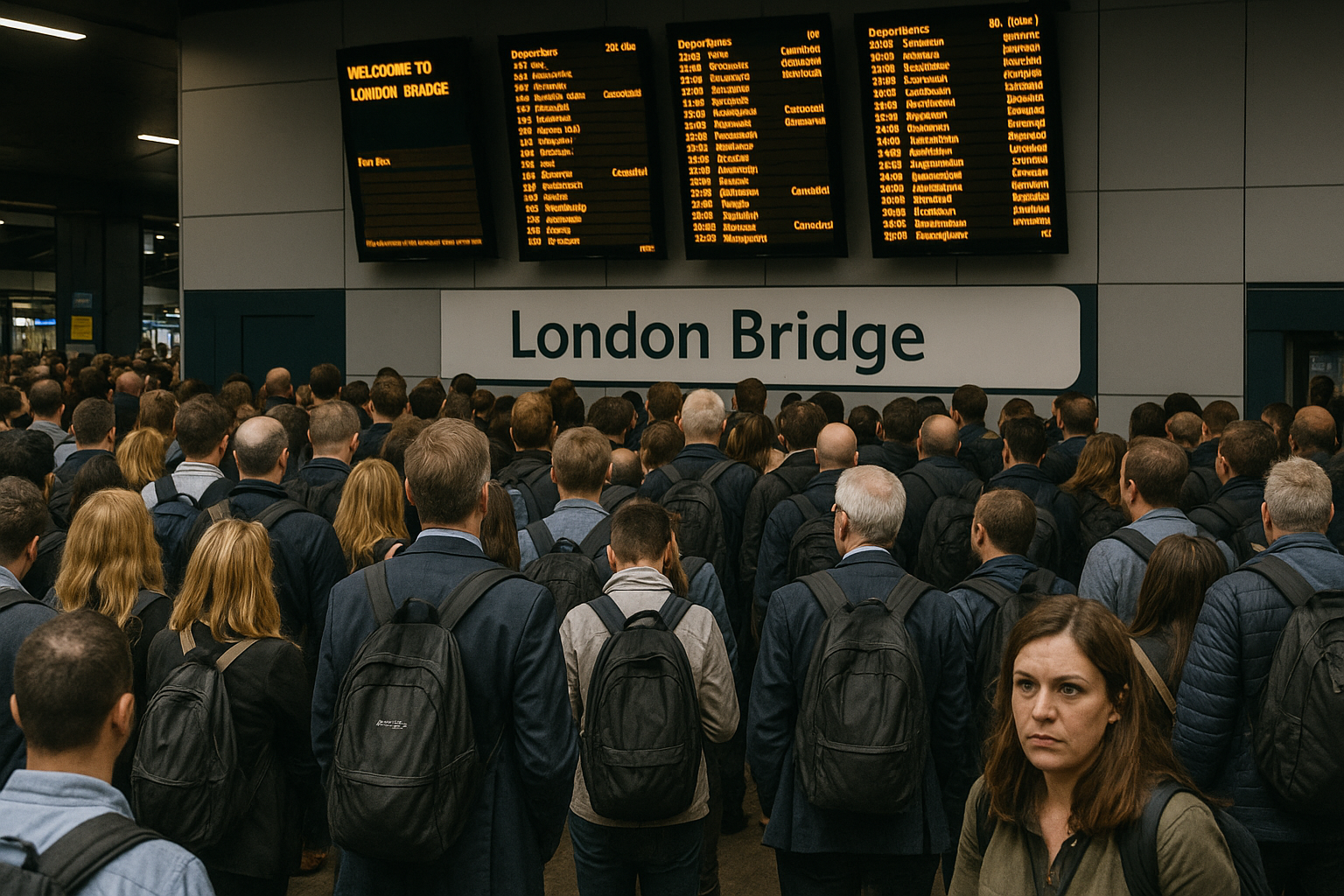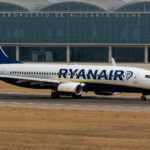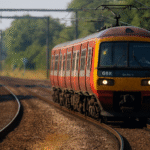London’s rail network ground to a near halt on Tuesday morning as a severe signal failure between London Bridge and East Croydon unleashed widespread delays, cancellations, and commuter frustration. The technical fault triggered a chain reaction affecting several major train operators, leaving tourists, workers, and airport-bound travelers scrambling for alternatives.
As the capital’s lifelines — Southern, Thameslink, Southeastern, and Gatwick Express — faced immediate shutdowns or service reductions, thousands of passengers were stranded or rerouted during peak rush hour. Transport for London (TfL) and Network Rail confirmed that the signal fault, first detected shortly after 6:30 a.m., disrupted one of the busiest corridors serving South London and the commuter belt counties of Kent, Surrey, and Sussex.
Peak Hour Nightmare: What Happened?
According to Network Rail, the signal failure occurred near London Bridge, an essential interchange hub. Engineers were dispatched immediately, but the disruption quickly spread across the network.
“Due to a signal failure in the London Bridge area, services running to and from this station may be cancelled, delayed or revised. Disruption is expected until at least midday,” National Rail Enquiries reported in an emergency alert.
The technical issues severely impacted the following services:
- Southern and Thameslink between Brighton, Gatwick Airport, and London terminals
- Southeastern routes into Charing Cross, Cannon Street, and London Bridge
- Gatwick Express operations, with many services suspended or diverted
- Interchange delays on Overground, Jubilee, and Northern lines due to increased footfall
- Ripple effects at Victoria, Blackfriars, Farringdon, and Clapham Junction
While TfL confirmed all Underground lines remained operational, stations at interchange points faced crowding and platform congestion, especially during the morning rush.
Government and Transport Operators Respond
A spokesperson from the Department for Transport stated that the agency is “closely monitoring” the situation and remains in direct coordination with Network Rail and affected operators. Safety and service restoration are top priorities.
“Our technical teams are actively working to diagnose and resolve the issue. We recognize the inconvenience caused to thousands of passengers and are committed to restoring full service as quickly as possible,” a Network Rail spokesperson said.
TfL advised travelers to “allow extra time, avoid peak travel if possible, and check journey planners regularly” as crowd levels at key stations surged beyond capacity.
Passenger Experiences: From Missed Meetings to Costly Rerouting
For thousands, the breakdown was more than a delay — it was a disruption of work, appointments, and even personal milestones.
“I spent over £50 on a taxi just to get to work,” said Zoe Martin, who commutes daily from East Croydon to London Bridge. “The trains kept getting canceled, and the announcements were confusing.”
Another commuter, James Thompson from Sutton, missed a critical job interview. “It’s unacceptable. I gave myself more than enough time, but with every train either late or canceled, there was nothing I could do.”
Alternative Travel: What Are the Options?
With rail services suspended or unpredictable, many commuters turned to other methods:
- TfL buses and Underground lines were recommended alternatives
- Cycling and walking gained popularity for short- to mid-distance commuters
- Ride-hailing apps like Uber and Bolt saw a sharp spike in demand — and prices
- Work-from-home became the preferred solution for those with flexible jobs
National Rail Enquiries advised passengers to stay updated through its official app and website. It also encouraged use of the TfL Journey Planner for multimodal routes.
Can You Claim Compensation?
Yes. Travelers impacted by today’s disruptions may be eligible for partial refunds under the Delay Repay scheme, supported by the Office of Rail and Road (ORR). Most operators offer compensation for delays of 15 minutes or longer, though exact policies vary.
Affected passengers should:
- Retain tickets or digital receipts
- Visit the official websites of operators like Southern, Southeastern, and Thameslink
- File Delay Repay claims as soon as services resume
Infrastructure Woes and the Call for Digital Upgrades
Today’s disruption has reignited public and industry concern over the fragility of London’s aging rail infrastructure. According to a 2024 Network Rail report, nearly 40% of major service interruptions were due to signalling and power faults.
Transport analysts argue that the rail network’s growing passenger load demands urgent digital transformation. Proposals include:
- Upgrading signal systems to digital interlocking technologies
- Automated diagnostics for rapid fault detection
- Increasing investment in resilient infrastructure across London’s commuter belt
With London forecasted to add another 1 million residents by 2035, experts urge the government to accelerate modernization programs to prevent further chaos.
What’s Next?
As of 11:30 a.m., partial service had resumed on some affected routes, though a full return to normal was not expected before the early afternoon. Commuters planning to travel later in the day were advised to continue monitoring updates and prepare for residual delays.
London Endures, But for How Long?
Though inconvenienced, Londoners once again demonstrated resilience—sharing travel tips online, helping confused tourists, or simply waiting out delays with a sense of solidarity.
Still, for a city renowned for its global pace and connectivity, today’s disruption is another reminder: the heartbeat of a modern capital relies on the silent efficiency of its transit systems. Without continuous investment and innovation, even the strongest networks can stall.
For more travel news like this, keep reading Global Travel Wire




